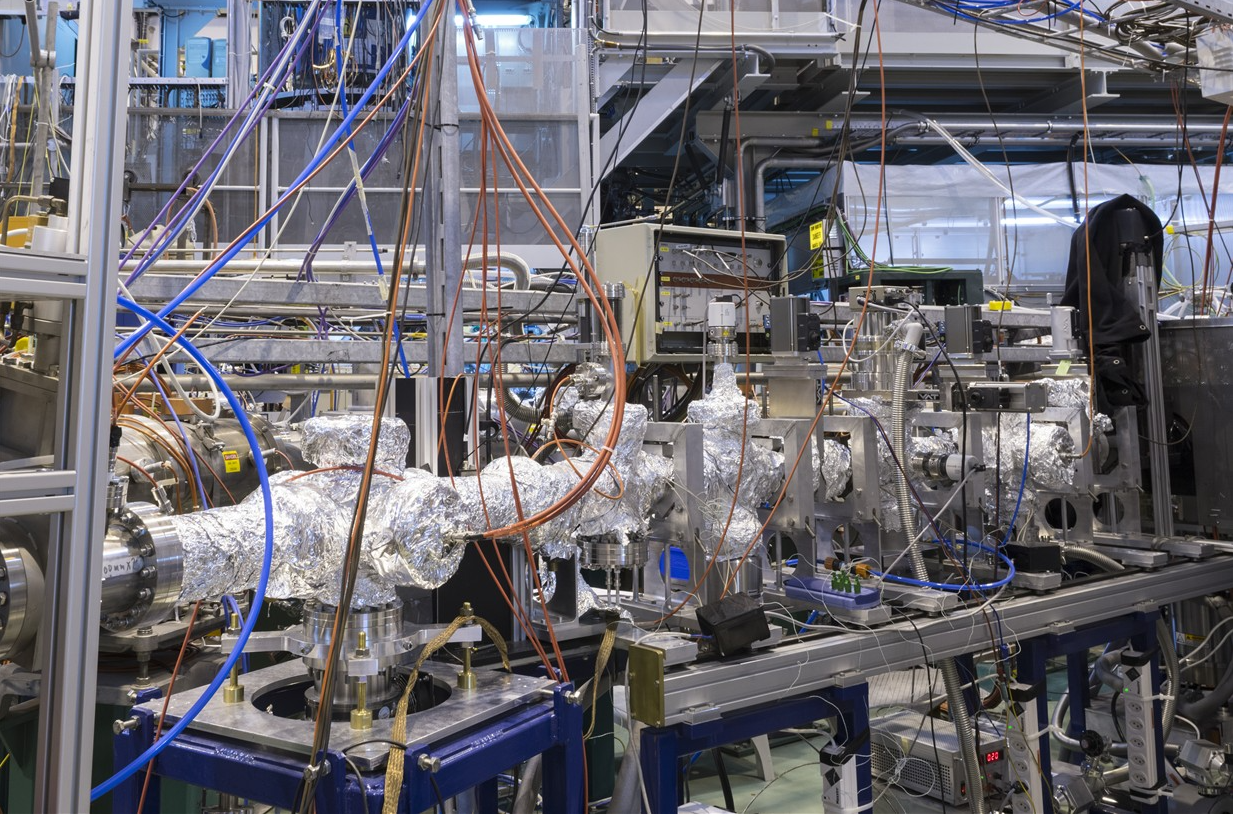Most atomic nuclei are round or the shape of a rugby ball. But some have been found to have a more exotic pear shape, with more mass at one end than the other.
Writing in the journal Science, an international team of researchers describes how a combination of theoretical calculations and measurements of a molecule containing a pear-shaped nucleus, radium monofluoride (225Ra19F), has borne fruit.
Based on data taken at CERN’s ISOLDE facility, the very same facility where the unusual shape of these nuclei was first revealed, the results uncover fresh details of the energy-level structure of these unstable molecules.
Atomic and molecular energy levels are kind of like rungs on a ladder. But the rungs split into finer sub-levels. Precise measurements of these tiny splittings allow important tests of the Standard Model of particle physics, since they are sensitive to potential new particles and forces and to imperfections in the fundamental mathematical symmetries of nature.
Compared with atoms and standard molecules, molecules containing pear-shaped nuclei such as 225Ra offer a more powerful way to look for such “new physics”. The catch is that these molecules are unstable and not found in nature, so researchers must first produce them in the lab and then find clever ways to study them before they vanish. For example, 225Ra19F molecules have a lifetime of about 20 days, as the 225Ra nucleus undergoes radioactive decay on that timescale.
What’s more, to isolate potential new-physics information from precise measurements of these molecules, researchers also need cutting-edge theoretical calculations with which to compare the measurements. These calculations in turn require a detailed understanding of how the pear-shaped nucleus influences the molecular energy levels through its interaction with the cloud of electrons that reaches inside the nucleus.
The new ISOLDE study revealed details of just such influence with a measurement of the hyperfine structure of the 225Ra19F molecule. A molecular hyperfine structure is the extra-fine splitting of energy levels caused by the interaction between the molecule’s nuclei and the magnetic field generated by its electrons.
To measure the hyperfine structure of 225Ra19F, the researchers used the collinear resonance ionisation spectroscopy (CRIS) apparatus at the ISOLDE facility in a set-up involving three lasers that give off short, intense bursts of light. Combined with state-of-the-art molecular-structure calculations, the measurements revealed how the 225Ra nucleus influences the energy levels through the electron–nucleus interaction within the nucleus.
“We observed the effect of the spread of magnetism within the 225Ra nucleus on the 225Ra19F energy levels, a phenomenon that has been previously observed in atoms but not in a molecule,” says Shane Wilkins, who was a lead researcher on the study alongside Silviu Udrescu. “Our results help shape future research aimed at using these molecules to test fundamental symmetries of nature and hunt for new physics.”

